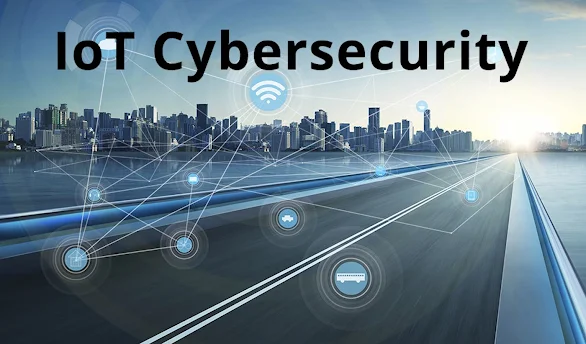The future of IoT security
The Internet of Things (IoT) is a rapidly growing ecosystem of interconnected devices, and its security is a critical concern. IoT devices are often vulnerable to attack, and cyber criminals are increasingly targeting them to steal data, launch attacks, and disrupt operations.
However, there are a number of promising trends that could help to improve the security of IoT devices in the future. One trend is the development of new security technologies specifically for IoT devices. For example, researchers are developing new ways to encrypt data on IoT devices and to detect and prevent malware infections. Additionally, new security standards are being developed for IoT devices, which could help to improve the overall security of the IoT ecosystem.
Another trend is the increasing adoption of cloud-based IoT security solutions. Cloud-based security solutions can offer a number of advantages over traditional on-premises solutions, such as scalability, flexibility, and ease of deployment.
Finally, there is a growing awareness of the importance of IoT security among both consumers and businesses. This awareness is leading to increased demand for secure IoT devices and solutions.
In addition to the trends mentioned above, there are a number of other factors that could help to improve the security of IoT devices in the future, such as:
- The rise of artificial intelligence (AI) and machine learning (ML): AI and ML can be used to develop new security solutions that can detect and prevent attacks on IoT devices more effectively. For example, AI and ML can be used to analyze network traffic for suspicious activity, identify and block malicious software, and to develop new encryption algorithms.
- The increasing adoption of blockchain technology: Blockchain technology has the potential to improve the security of IoT devices in a number of ways. For example, blockchain can be used to create secure and tamper-proof records of device data, to authenticate devices and users, and manage security updates.
- The development of new security standards and regulations: Governments and industry organizations are developing new security standards and regulations for IoT devices. These standards and regulations will help to ensure that IoT devices are designed and developed with security in mind.
Conclusion
The future of IoT security is bright. With the development of new technologies, standards, and regulations, we can expect to see significant improvements in the security of IoT devices in the coming years.
However, it is important to note that IoT security is a shared responsibility. All stakeholders, including device manufacturers, software developers, service providers, and users, must play their role in ensuring the security of the IoT.
By working together, we can create a more secure IoT for everyone.
Here are some additional thoughts on the future of IoT security:
- The role of users: As IoT devices become more ubiquitous, it is important for users to be aware of the security risks and to take steps to protect their devices. For example, users should use strong passwords and two-factor authentication whenever possible, and they should keep their devices up to date with the latest security patches.
- The importance of security education: Security education is essential for all stakeholders involved in the IoT ecosystem. Device manufacturers, software developers, service providers, and users all need to be aware of the latest security threats and best practices.
- The need for international cooperation: The IoT is a global phenomenon, and cybercriminals do not respect borders. This means that international cooperation is essential to combating IoT security threats. Governments, industry organizations, and researchers need to work together to develop and share security solutions.
The future of IoT security is challenging, but it is also promising. With the right technologies, standards, and regulations in place, we can create a more secure IoT for everyone.
Author: Mian Ashfaq



